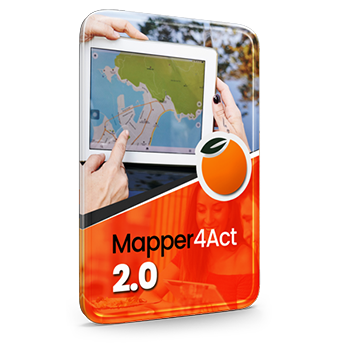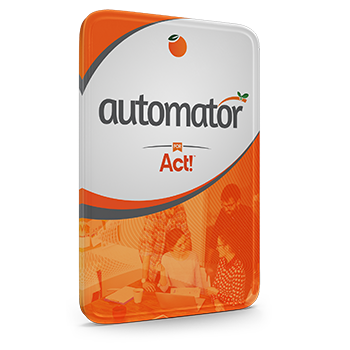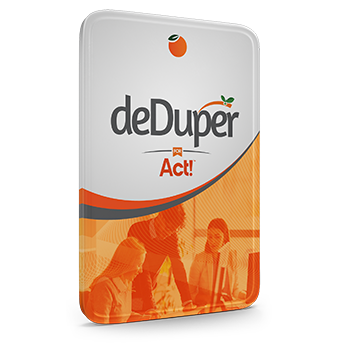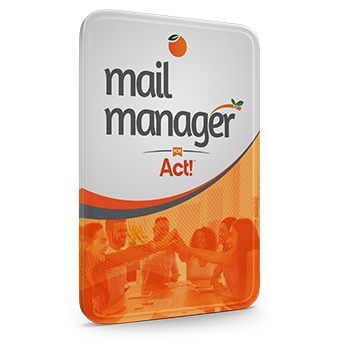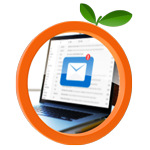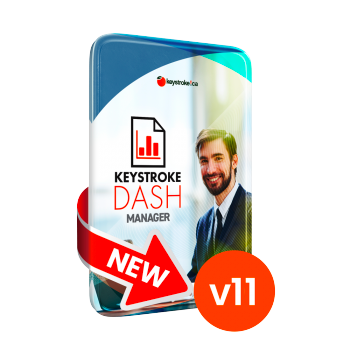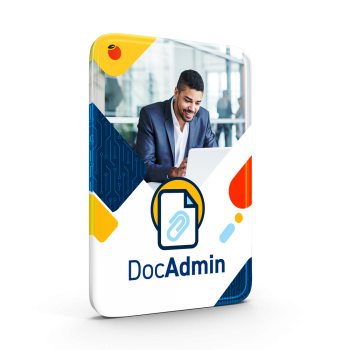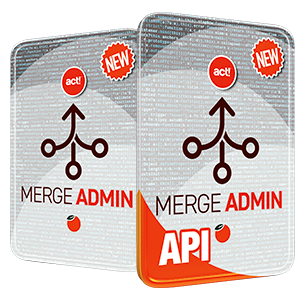Spoiler: You don't need a crystal ball, just your data.
Most people use their CRM to look back: tracking past deals, reviewing client conversations, checking sales team performance. But if you know what to look for, your CRM can help you look forward, and predict what your customers will do next.
Here’s how.
1. Spot Buying Patterns
Every CRM holds a goldmine of sales data. Filter by customer type, product, or region, and look for time-based trends. Are there seasonal spikes? Do certain industries renew every 6 months? Once you identify a rhythm, you can build a predictive sales cadence.
Pro Tip: Create a custom report that highlights the average time between purchases for your top 20 clients.
2. Watch for Engagement Drop-Off
CRMs let you see when a client last opened an email, responded to a call, or scheduled a meeting. If that activity suddenly drops, it might signal a shift,and not in your favour. Set alerts to catch these changes early so your team can re-engage before it’s too late.
Pro Tip: Use tags or automation to trigger alerts when high-value clients go quiet for more than 30 days.
3. Track Decision-Maker Behavior
Most CRM users track companies, not people. That’s a mistake. People make the decisions. Use your CRM to log roles and titles, and monitor when a key contact switches jobs. That change could mean a new opportunity, or a need to rebuild the relationship fast.
Pro Tip: When someone leaves a company, don’t delete them, tag them as a “mover” and track where they land. They might become your next big client.
4. Use Your Notes Like a Narrative
Your sales notes aren’t just reminders, they’re breadcrumbs. Over time, they tell a story about what your client values, fears, and hopes for. Reading back through these notes can reveal exactly when and how to pitch your next product.
Pro Tip: Teach your team to summarize not just what was said, but why it matters. Patterns emerge faster that way.
You don’t need AI or predictive analytics software to start forecasting behaviour. You just need to pay attention to the right clues, most of which are already sitting quietly in your CRM.
If you’re using a platform like Act! CRM, you're already halfway there. Its timeline views, robust history tracking, and customizable fields make it easy to connect the dots across months (or years) of data — giving you the edge to anticipate what comes next.
Learn More About Act! Advantage


